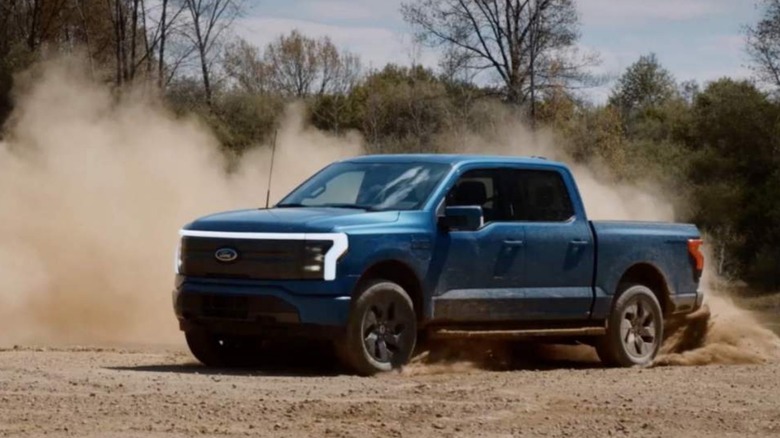I Can't Stop Thinking About A Ford F-150 Lightning Raptor
Ford confirmed the power figures for the 2021 F-150 Raptor this past week, and it's fair to say they came as a surprise. Since the first generation of the performance truck back in 2010, the Raptor badge has meant Ford's most potent version of the pickup. Problem is, even before it hits dealer forecourts, the new Raptor finds itself in an electric shadow.
There'd been some big promises about this revamped Raptor. Burlier suspension and bigger wheels; an even more aggressive body, and more capabilities whether you're on or off the road. What came as a little more of a shock was that the power went unchanged from the old model.
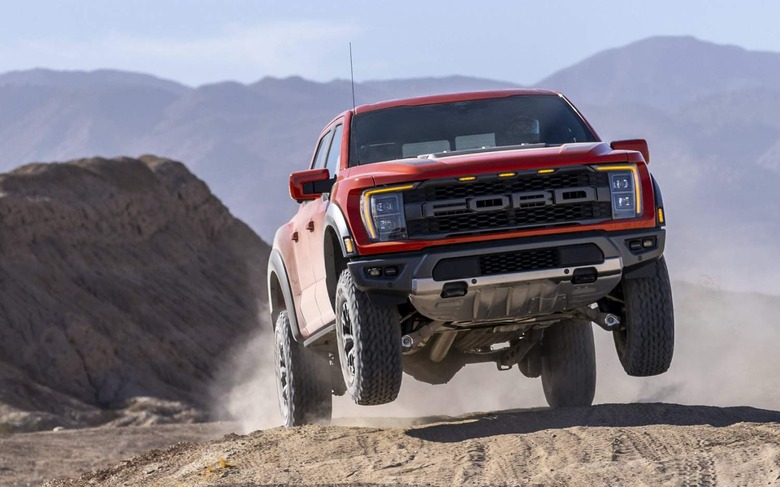
Ford's 3.5-liter twin-turbocharged EcoBoost V6 engine is a merry beast: good enough, in fact, to find its way inside the shapely bodywork of the Ford GT. And it's not like the 450 horsepower and 510 lb-ft of torque which the 2021 F-150 Raptor will be tuned for are lacking, particularly, at least not by any meaningful measure beyond boasting.
All the same, it got me thinking about the 2022 Ford F-150 Lightning, the automaker's upcoming all-electric truck. There's a lot to be excited about there, from the promise of up to 300 miles of zero-emission range, the flexibility of a big bed and a huge front trunk, and the ability to power a worksite or a house from the e-pickup's sizable battery pack. However it's also conspicuously more powerful than the new Raptor is.
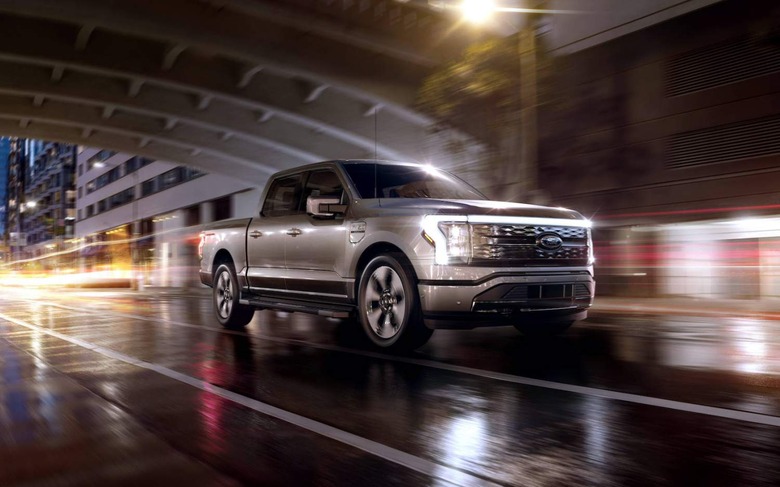
In Extended Range form – with the bigger of Ford's two battery options – the F-150 Lightning should have 563 horsepower and 775 lb-ft of torque. Not just a little bit more than the turbo V6 Raptor offers, but a lot more.
Like in all EVs, the way that power arrives will be different – and beguiling – too. No waiting, just maximum torque from the get-go, and no 10-speed gearbox to churn through either. There's a very good reason that, once people try an electric vehicle, they typically fall for the charms of its instantaneous power delivery.
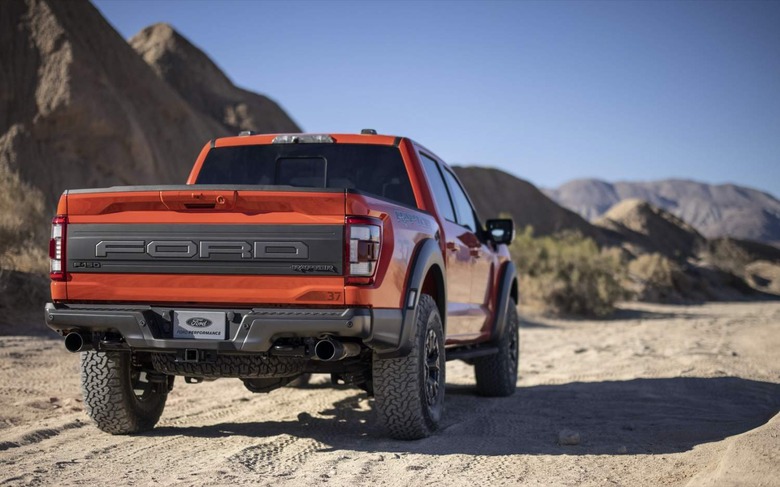
Internal combustion will, of course, have another shot at the performance pickup crown. Ford has already confirmed that there's an F-150 Raptor R coming, and we're expecting that to use the monstrous supercharged V8 that gives the Mustang Shelby GT500 its 760 horsepower punch. It'll be a welcome return of an eight-cylinder engine to the Raptor line-up, addressing something the purists have been complaining about since the launch of the second-generation truck back in 2017.
Despite how exciting that possibility is, I think it's inevitable that electrification and the Raptor badge collide in earnest. Just as it's probably only a matter of time before the fastest Mustang you can buy is a Mach-E electric crossover variant, so too the realties of EV motor efficiency when it comes to putting serious power to asphalt will make their presence known on performance trucks as well.
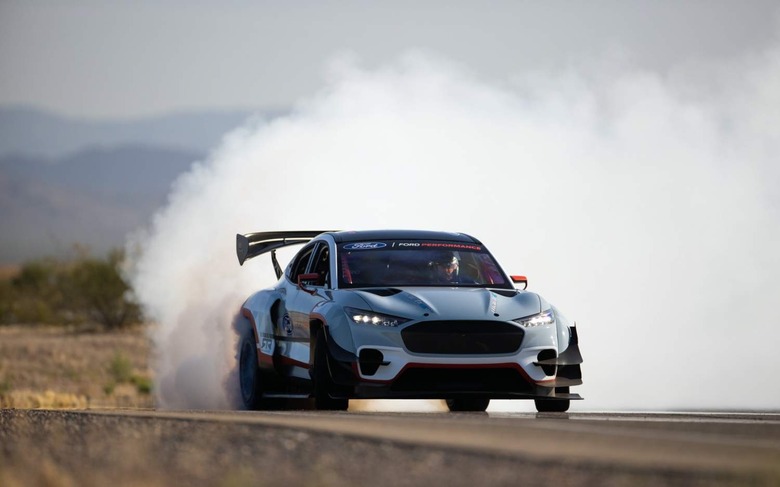
It's worth bearing in mind, after all, that outright speed and power wasn't Ford's first priority with the Lightning. Sure, the electric truck had to be powerful enough: winning over skeptical gas and diesel pickup owners was the key, and that takes a certain minimum number of horses. All the same, Ford could easily have gone a whole lot further, had it wanted.
You need only look to the Mustang Mach-E 1400 for evidence of that. Admittedly the seven-motor version of the crossover would be overkill for the road, but the drifting, tire-destroying one-off is more than ample reminder that "electric" hasn't been synonymous with "boring" for quite some time, now.
Just as Tesla has done with the Model S Plaid – its 1,020 horsepower electric sedan that can do 0-60 mph in a hypercar-embarassing 1.99 seconds – a three-motor configuration could pay serious dividends for an F-150 Lightning Raptor. F-150 Raptor R-besting levels of power, no less.
Ford was coy about the possibility of squeezing in a third electric motor when I asked them about the possibility back when the F-150 Lighting launched. The truck features an inbound motor design, one driving the front axle and another for the rear, and I was curious as to whether that arrangement would leave sufficient space to add a second rear motor, perhaps.
"We put a lot of thought into it, so that it could be capable, and it could tow and haul for our customers," Linda Zhang, chief engineer for the electric pickup, told me of the dual-motor layout at the time, though conceded that it was something Ford was looking at in terms of possibilities. As Director of EV Communications Emma Bergg added, teasingly, "it's smart to future-proof."
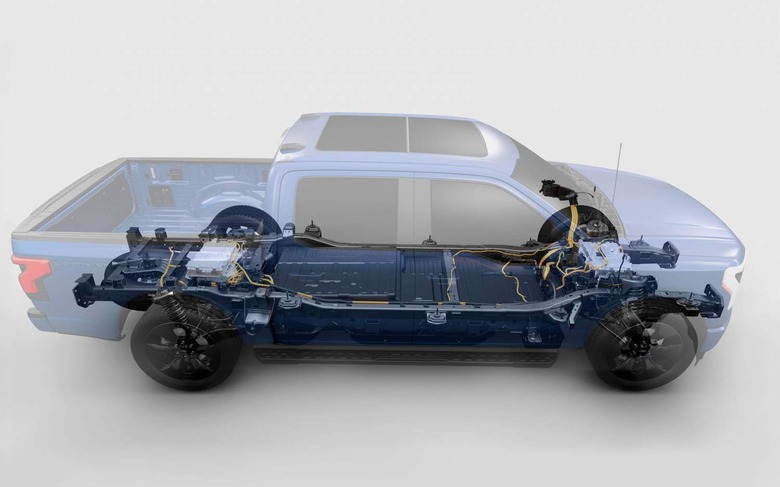
Twin rear electric motors would be about more than just outright power. By individually controlling how each wheel spins, you get true torque vectoring: the ability to turn, say, the outside wheel while cornering faster than the wheel on the inside. That keeps the maneuver tight and adds stability, without the speed sacrifice that brake-based torque vectoring systems accept as an inherent compromise.
That's just the sort of possibility which Ford said the Mustang Mach-E 1400 was designed to explore: it may have seven motors, but its real potential is in allowing different combinations of them to be tested together. "Mustang Mach-E 1400 is a showcase of the art of the possible with an electric vehicle," Mark Rushbrook, motorsports director at Ford Performance, explained back when the electric racer was first unveiled.
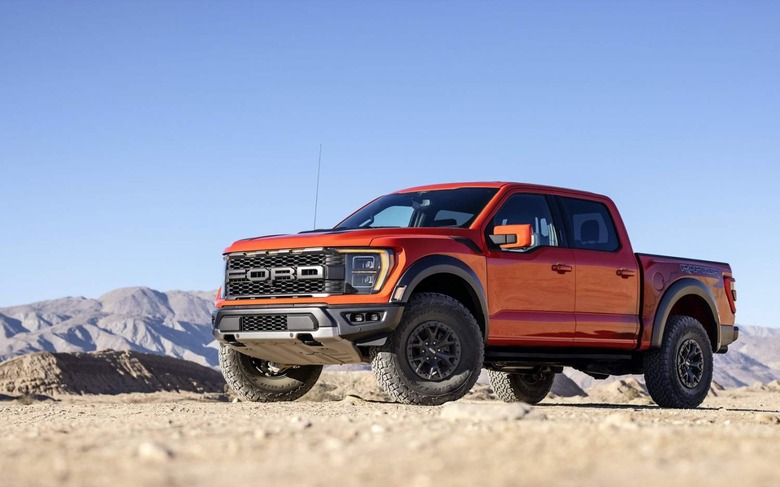
Tapping electric power for maximum performance isn't a new idea. Tesla's doing it, sure, but so are Maserati, Rimac, Lamborghini, and plenty of others. Just as the original F-150 Raptor upended the sports truck segment, though, the electric sports truck crown is ripe for the picking.
Think of it as a hearts & minds exercise to win over EV naysayers, or a money grab for electrification fans with deep pockets, or even just an opportunity for bragging rights. Whatever Ford's motivations may be, if the future really is electric then the Raptor needs to come along for the ride.
